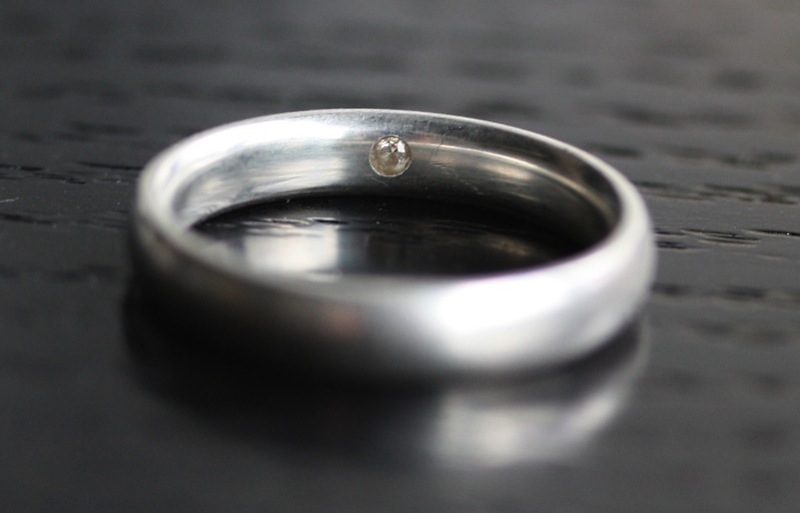
Gene Gems: Ultrapersonalized Jewelry Encapsulates Your DNA

Diamonds may be forever, but what's more unique and rare than even the most precious stones on Earth? The code of life, said Swiss chemist Robert Grass, the mastermind behind Identity Inside, a project that aims to create ultrapersonalized jewelry embedded with a loved one's DNA.
The inspiration behind the custom-made baubles came from Grass' professional work to develop technology to stabilize and store DNA. "We started playing around with the idea of what we could do with this technology," he told Live Science. "Our DNA is what makes us unique, and with jewelry, it's something that you want to be unique and special."
So how does it work? First, the purchaser needs to collect saliva samples (with a cotton swab on the inside of his or her cheek). This is then sent to Grass' lab in Switzerland, where the sample is processed and DNA is extracted and purified. The scientists add chemicals to the liquid solution containing the DNA to promote the growth of glass that "fossilizes" and encapsulates the DNA at room temperature (imagine a process similar to the fossilization of mosquitos in amber). [Gift Ideas for Kids: Best Educational Toys and Games of 2015]
The result is powdered glass containing tiny strands of DNA, Grass said. Once they have this substance, the scientists then drill a small hole on the inside of a piece of jewelry (a ring, for instance), fill it with the powder and seal the opening with a flawless, 0.02-carat diamond.
The process leaves the DNA unharmed, Grass said, which means the samples can be recovered at any time for future use or analysis. The researchers also collected data on decay and found that, under simulated storage conditions, the encapsulated DNA would decay to half its concentration over the course of 1,000 years.

Identity Inside is offering to preserve DNA within sterling silver rings, Swiss-made watches and rose gold pendants, and the project is seeking funding through Kickstarter. The campaign has currently raised more than $9,000, but Grass said he hopes to reach the project's goal of almost $20,000 by Dec. 20.
For Grass, Identity Inside represents a new way to share something intimate and personal, which is something he said he struggled with when looking for a gift for his wife after they got married and after the birth of their child.
Sign up for the Live Science daily newsletter now
Get the world’s most fascinating discoveries delivered straight to your inbox.
"I was looking for something special, something more than just a shiny stone," he said. "With [Identity Inside], I want to give the owner a feeling of uniqueness."
Follow Denise Chow on Twitter @denisechow. Follow Live Science @livescience, Facebook & Google+. Original article on Live Science.

Denise Chow was the assistant managing editor at Live Science before moving to NBC News as a science reporter, where she focuses on general science and climate change. Before joining the Live Science team in 2013, she spent two years as a staff writer for Space.com, writing about rocket launches and covering NASA's final three space shuttle missions. A Canadian transplant, Denise has a bachelor's degree from the University of Toronto, and a master's degree in journalism from New York University.









